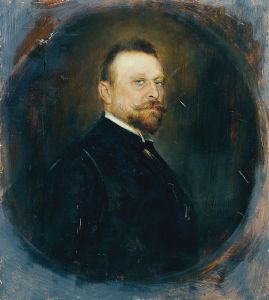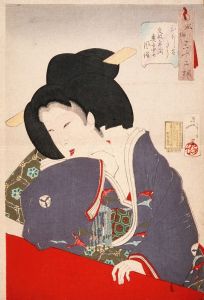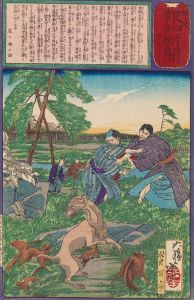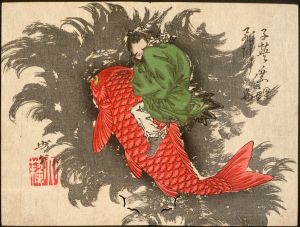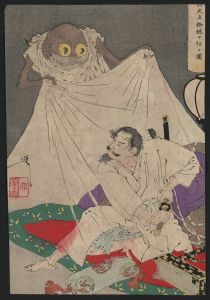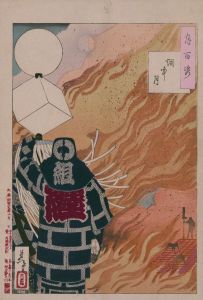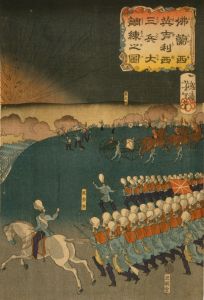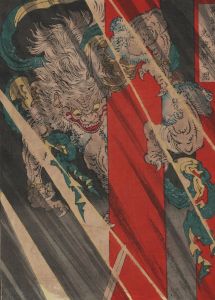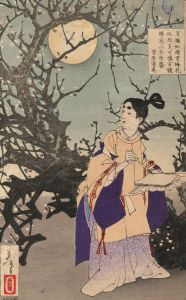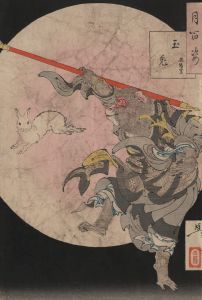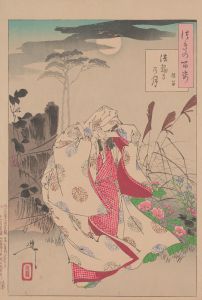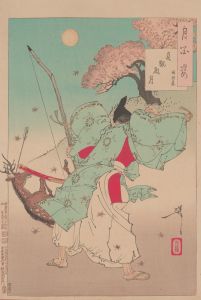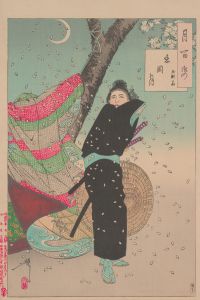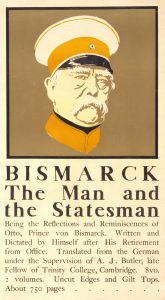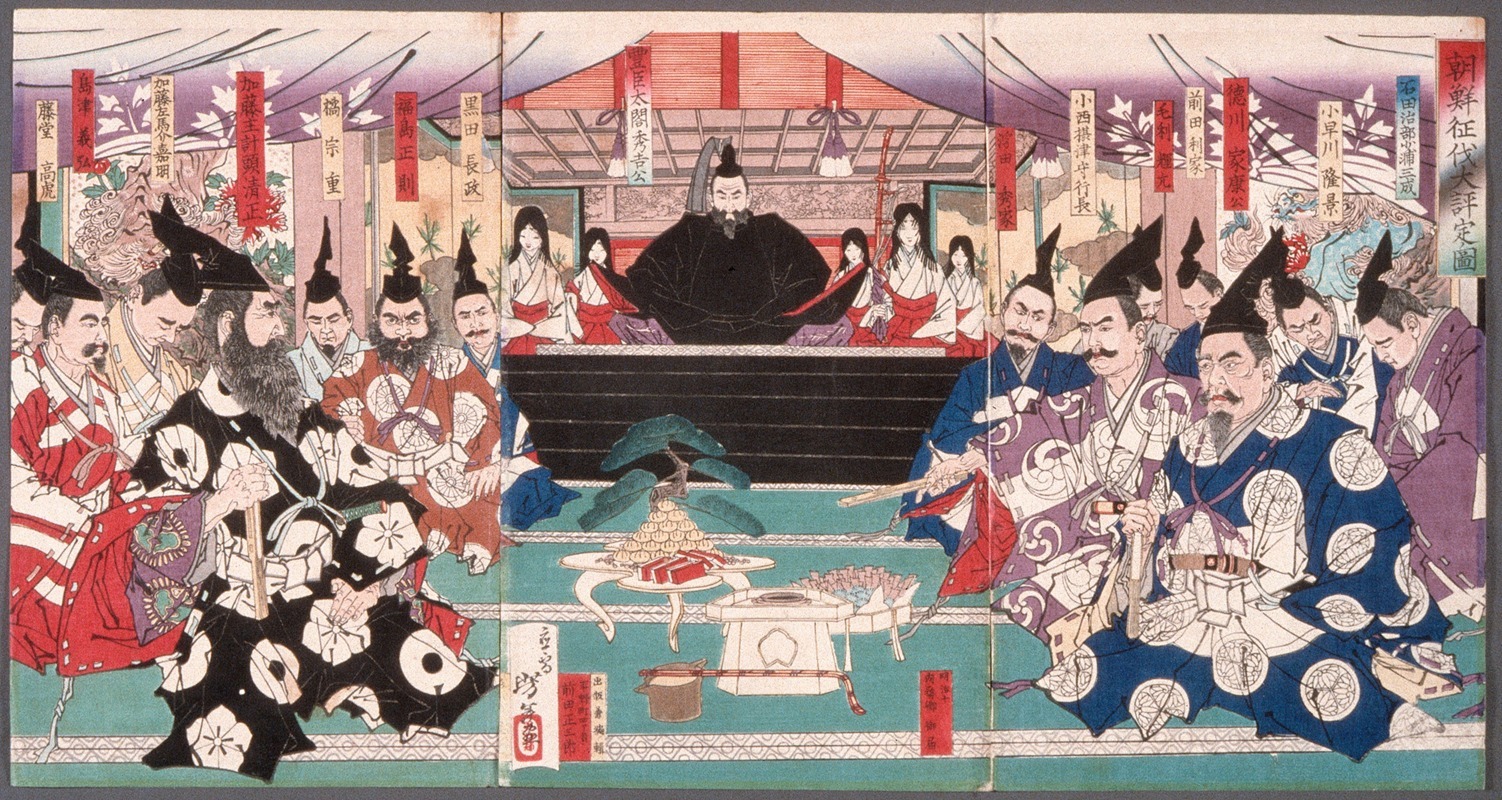
The Great Conference on the Conquest of Korea
A hand-painted replica of Tsukioka Yoshitoshi’s masterpiece The Great Conference on the Conquest of Korea, meticulously crafted by professional artists to capture the true essence of the original. Each piece is created with museum-quality canvas and rare mineral pigments, carefully painted by experienced artists with delicate brushstrokes and rich, layered colors to perfectly recreate the texture of the original artwork. Unlike machine-printed reproductions, this hand-painted version brings the painting to life, infused with the artist’s emotions and skill in every stroke. Whether for personal collection or home decoration, it instantly elevates the artistic atmosphere of any space.
"The Great Conference on the Conquest of Korea" is a woodblock print created by the renowned Japanese artist Tsukioka Yoshitoshi (1839–1892). Yoshitoshi is widely regarded as one of the last great masters of the ukiyo-e tradition, a genre of Japanese art that flourished from the 17th to the 19th centuries. This particular work is part of his broader oeuvre, which often depicted historical events, legendary figures, and scenes of dramatic intensity.
The print portrays a historical meeting of Japanese military leaders during the late 16th century, specifically under the leadership of Toyotomi Hideyoshi (1537–1598). Hideyoshi was a prominent daimyo and one of the unifiers of Japan during the Sengoku period. The scene depicted in the artwork is related to Hideyoshi's military campaigns to invade Korea, known as the Imjin War (1592–1598). These invasions were a significant historical event, as they involved large-scale military operations and had profound consequences for Japan, Korea, and China.
In the print, Yoshitoshi captures the intensity and gravity of the conference, with the figures of the military leaders rendered in dynamic poses and expressions. The composition reflects Yoshitoshi's skill in conveying emotion and narrative through visual storytelling. The artwork also demonstrates his mastery of line work, color, and the dramatic use of space, which are hallmarks of his style.
Yoshitoshi's works often blended historical accuracy with artistic interpretation, and this print is no exception. While it draws upon historical events, it also reflects the artist's creative vision and the cultural attitudes of his time. The print was produced during the Meiji era (1868–1912), a period of rapid modernization and transformation in Japan. During this time, there was a renewed interest in Japan's feudal past, and Yoshitoshi's works often catered to this nostalgia.
As with many ukiyo-e prints, "The Great Conference on the Conquest of Korea" was likely produced as part of a series and intended for a broad audience. Ukiyo-e prints were widely distributed and affordable, making them a popular medium for storytelling and cultural expression.
This artwork is an example of how Yoshitoshi combined historical themes with his distinctive artistic style, contributing to his legacy as one of Japan's most celebrated ukiyo-e artists.





